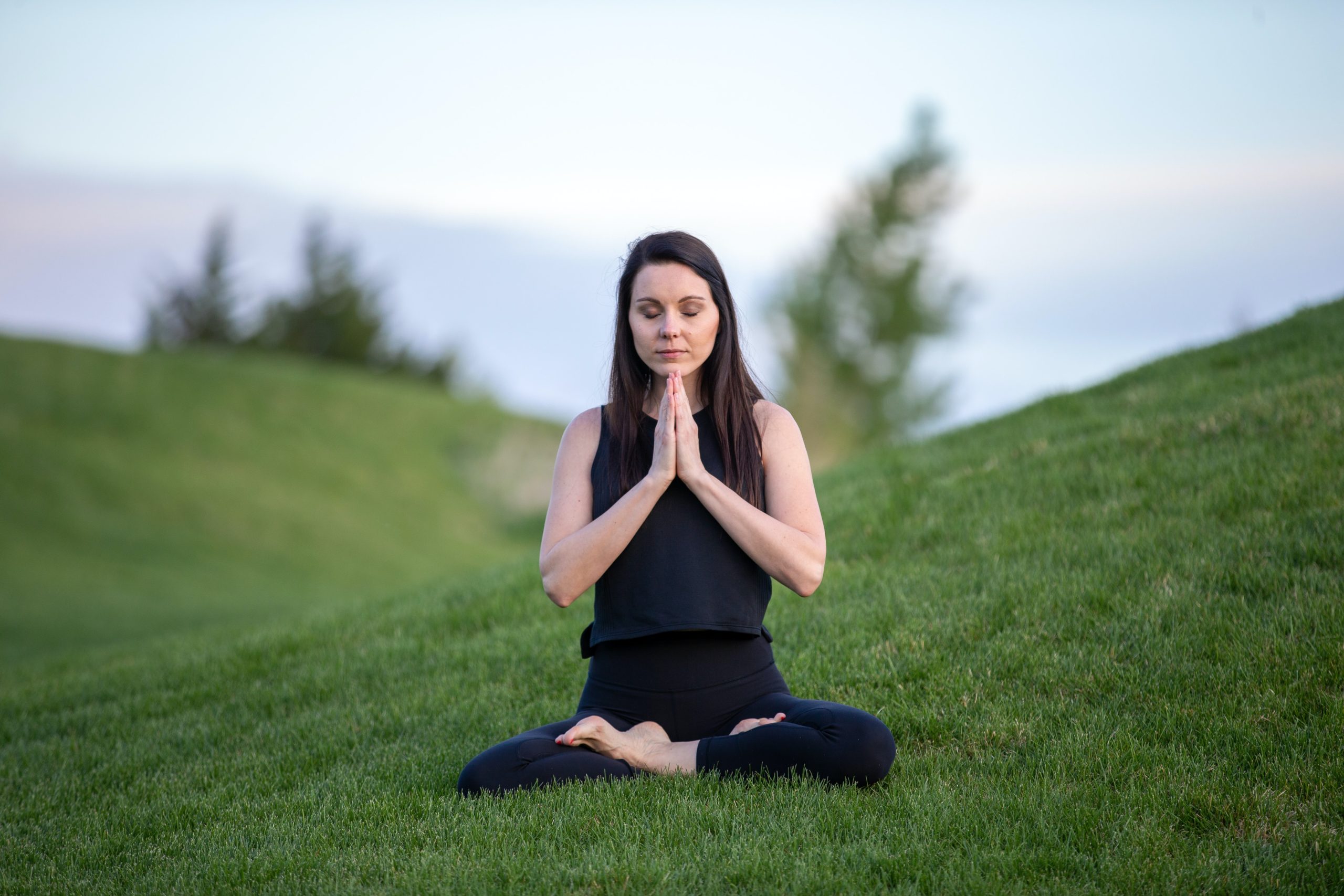In the hustle and bustle of modern life, we’re often left feeling exhausted and stressed, ultimately lacking true relaxation and peace within ourselves. Fortunately, restorative, mindful breathing exercises are presented to us throughout all aspects of life, from the ancient, traditional roots of yoga breathing to the present-day scientific observations and practices which allow us to increase not only our health and wellbeing but our overall relaxation and contentment. In this article, we explore the physical, mental and spiritual components of mindful, restorative breathing and their impact on true relaxation and peace of mind.
The Physiological Benefits of Mindful Breathing
The practice of conscious, mindful breathing has multiple physiological benefits which contribute to our overall relaxation and contentment. During restorative breathing, the oxygen levels in our blood increase, calming our physiology and improving many underlying systems. One of the most important physiological benefits of mindful breath is its ability to reduce stress hormones in the body by triggering the Activation Relaxation Response, which is a restorative, calming process that can override the body’s stress response system.
Additionally, mindful breathing can reduce inflammation and pain through increased blood flow and increased oxygenation of cells and muscles. Increased breathing can also help improve digestion, liver detoxification and the clearance of toxins from the body. All of these physiological processes contribute to our overall relaxation, contentment and true relaxation.
Mental Benefits of Restorative Mindful Breathing
Conscious and mindful breathing can have tremendous mental benefits, as well. Practicing restorative breath awakens and strengthens our awareness, allowing us to observe and interpret our own thought patterns and processes. We can then begin to accept our thoughts with less judgment and become more non-reactive to our individual patterns and cycles. This non-judgmental awareness can help us to make healthier choices in terms of our mental health and relaxation practice.
In addition to helping us to become aware of our own thought patterns, restorative mindful breath can also contribute to an overall sense of calm and well being by increasing endorphins and serotonin. By calming the sympathetic system and over-activated mind, an overall sense of relaxation and quietness can be attained, leading to increased cognitive functioning, improved memory, and better problem-solving capabilities.
The Spiritual Benefits of Mindful Restorative Breath
The final area to discuss is the spiritual benefits of mindful, restorative breath. The practice of restorative, mindful breath has been used for centuries in various spiritual traditions, from Buddhism to Hinduism. In addition to its well-known ability to meditate and clear the mind, the spiritual benefits can be reaped from the increased readjustment of the physical body, improved mental clarity, and greater control of automatic, bodily functions.
By inviting the breath to become our instructor and center, we can gain insight into our past experiences, thoughts, and dispositions. This insight can help us to gain awareness and deeper understanding of our true nature and our fundamental spiritual connection with the world. This awareness can create the opportunity for a new path which can provide us with peace and relaxation.
Mindful breath has the potential to contribute to true relaxation and peace of mind. Through its physiological, mental, and spiritual benefits, restorative mindful breath helps to reduce stress hormones, improve cognitive functioning, and reconnect with our spiritual self. It is an invaluable tool in our life’s journey to true relaxation and peace of mind.
To begin your mindful breathing journey, here are a few tips to get started:
Step One: Find a Comfortable Position Find a comfortable position in which you can stay still and feel relaxed. This could be sitting in a chair, lying in bed, or even standing up. Make sure your back is supported and your feet are flat on the ground.
Step Two: Close Your Eyes Take a few moments to close your eyes and focus on your breath. Notice how your body feels when you are in this position.
Step Three: Focus on Your Breath Focus your attention on your breath. Notice how your breath feels as it enters and leaves your body. Pay attention to the sensation of your breath as it fills your lungs and then empties.
Step Four: Become Mindful of Your Body As you focus on your breath, become mindful of your body. Notice any areas of tension or tightness. Allow your breath to move through these areas, releasing any areas of tension.
Step Five: Expand Your Awareness Once you become aware of your body, expand your awareness to the rest of the room. Notice any sounds or sensations in the environment.
Step Six: Relax and Let Go Continue to focus on your breath and the sensations in your body. Allow yourself to relax and let go of any thoughts or worries that may come into your mind.
Step Seven: Return to the Present Moment When you are ready, take a few moments to return to the present moment. Notice any changes in your body or mind.
Some specific exercises you may consider, as well:

